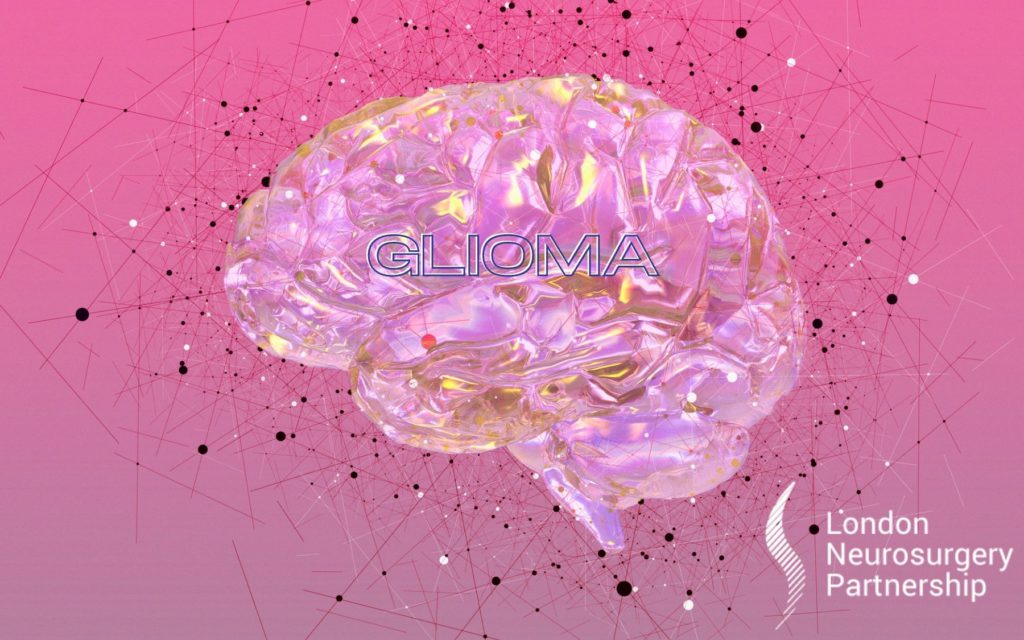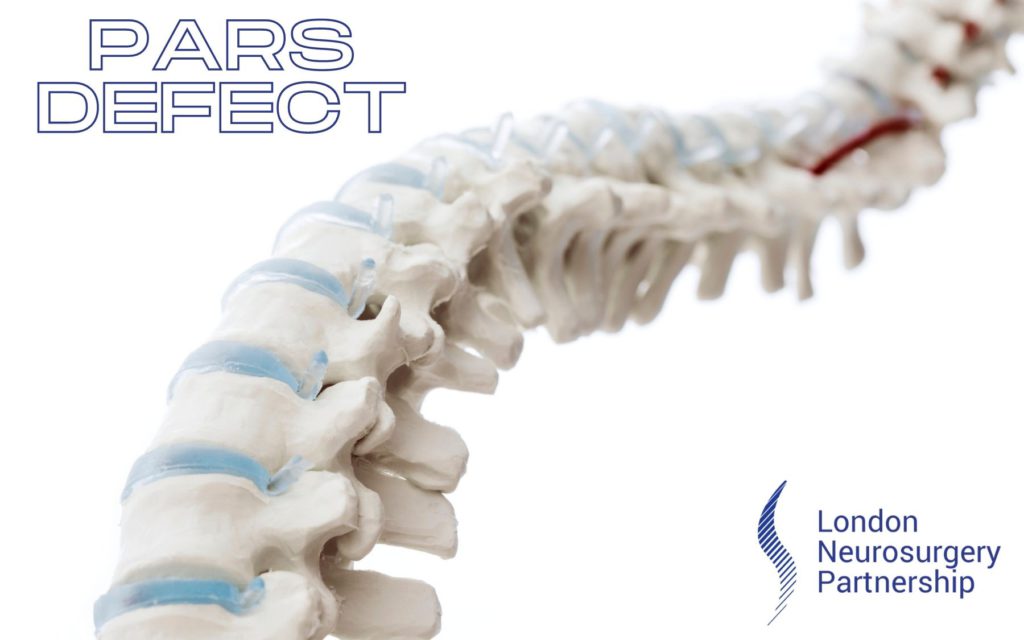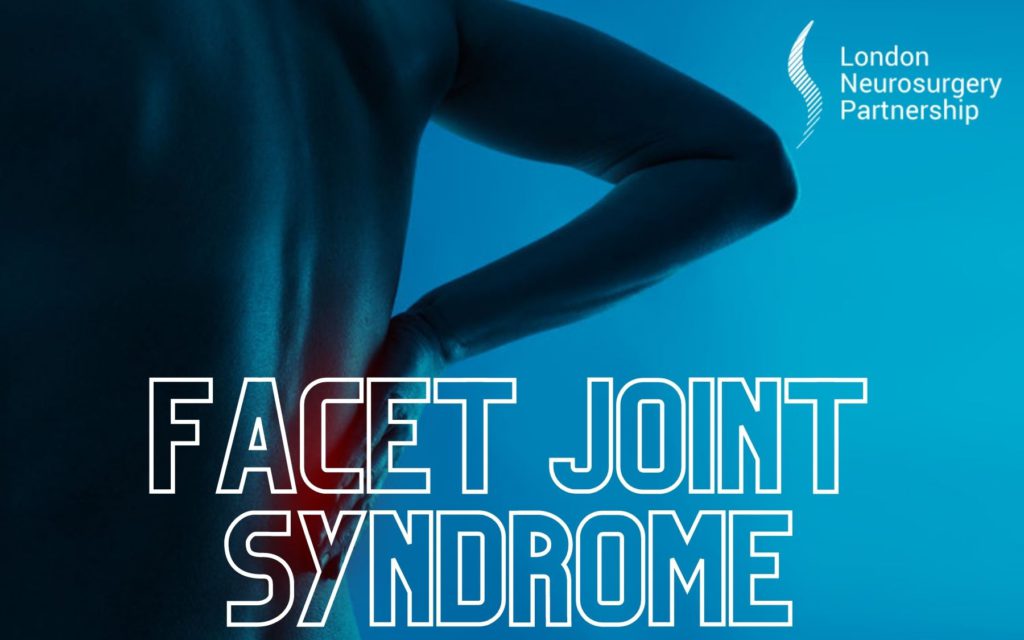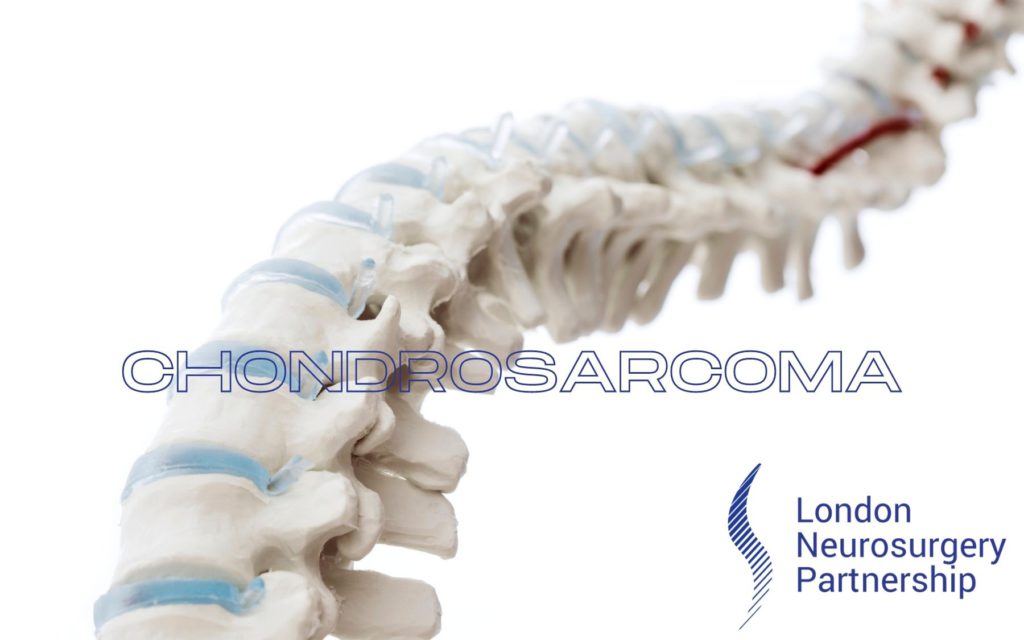
A glioma is the most common type primary of brain tumour, it arises from the glial cells in the brain. Glial cells surround the nerve cells and help them to function. Gliomas can arise from three different types of glial cells and it is the type of cell as well as the genetic make up of the tumour which gives rise to the specific name for the tumour and helps consultants predict how that tumour will likely develop.
Astrocytoma:
- This category includes astrocytomas, anaplastic astrocytoma and glioblastoma
- These tumours arise from a type of cell called astrocytes in both the brain and spinal cord
- These can be slow growing or aggressive fast growing tumours – they are graded depending on the level of aggressiveness
- Glioblastomas, or glioblastoma multiforme, are aggressive tumours which can occur at any age.
Ependymoma
- This includes anaplastic ependymomas, myxopapillary ependymomas and subependymomas
- These arise from the ependymal cells in both the brain and spinal cord. These cells line the passages where the CSF flows.
- These are more common in young children
Oligodendroglioma
- This includes oligodendrogliomas, anaplastic oligodendrogliomas and anaplastic oligoastrocytomas
- These arise from the oligodendrocytes in the brain or spinal cord, these cells produce a protective layer around nerve cells called myelin sheath.
- These tumours are more common in adults
Gliomas can affect the brain in many ways depending on the size, location, growth rate and type of tumour and so they can give rise to a variety of symptoms including:
- Headache
- Vomiting
- Confusion
- Personality change
- Balance problems
- Memory loss
- Vision changes
- Speech difficulty
- Seizure
- Urinary incontinence
Unfortunately, the precise cause of a glioma is unknown but there are some risk factors to consider:
- Age – although they can occur at any age, gliomas are most commonly seen between 45 and 65
- Family history – it is rare for gliomas to run in the family but having a family history of these tumours can increase the chance of one developing
Diagnosis of a glioma is via an MRI scan.
What are the treatment options?
Treatment depends on the location, size, type and growth rate of the tumour as well as the patient’s overall health and age. Treatment may include a combination of surgery to remove the tumour, or as much as possible, as well as drugs or radiosurgery to reduce the tumour size and target tumour cells.
Surgical options need to be discussed with your surgeon and not everyone is suitable for every options, but these include:
- Craniotomy
- Awake craniotomy
- Visualase
- IORT – intraoperative radiotherapy
- Laser Interstitial Thermal Therapy
- Robotic Assisted Brain Tumour Surgery
- Minimally invasive technique: Neuroendoscopy
Radiosurgery includes:
- CyberKnife
- Gamma Knife
This article is intended to inform and give insight but not treat, diagnose or replace the advice of a doctor. Always seek medical advice with any questions regarding a medical condition.
Back to brain conditions.





0 Comments